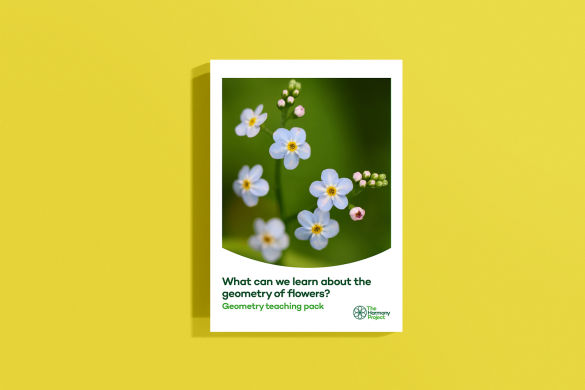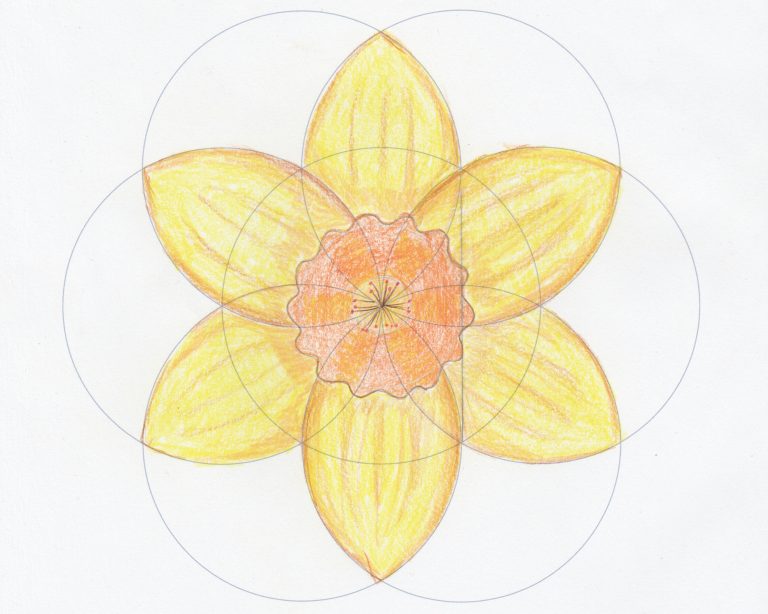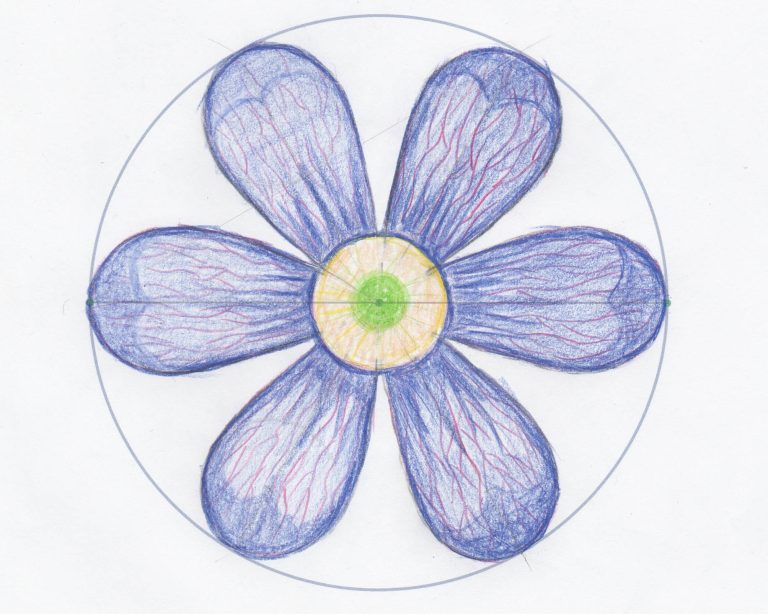Geometry pack: What can we learn about the geometry of flowers?

Six activities to explore the form and patterns of wildflowers with students in KS2.
The six activities in this geometry pack have been developed to explore with students the beautiful geometry of flowers. They can be used to support learning about flowering plants in science, to enrich learning about one of the principles of Harmony or to teach geometry as a standalone activity.
As with all our geometry packs, this pack includes easy-to-follow, step-by-step instructions to guide teachers through the process of delivering these activities in the classroom, along with diagrams for clarification. There are also photocopiable templates that can be used to provide additional support for students, and wildflower facts to enrich the learning and stimulate discussion.
To help students get the most out of these activities, we recommend the use of Jakar compasses, which can be purchased at a discounted rate on our website.
What’s in the pack?
The following six activities are included in this pack:

Activity 1 How can I draw a three-petalled flower?
The first activity in this pack is made up of two activities that could be used to support learning about flowering plants in science. Students use a compass and a ruler to explore the geometry of a three-petalled trillium flower.
Activity 2 How can I draw a four-petalled flower?
In this activity, students use a compass and a ruler to explore the geometry of four-petalled flowers, using rocket flower and cuckoo flower as the stimuli for learning. Cuckoo flower gets its name from the fact that it typically blooms around the same time that cuckoos start to call in the spring.


Activity 3 How can I draw a five-petalled flower?
In this activity, students use a compass and ruler to explore the geometry of five-petalled flowers, using herb robert and forget-me-not as examples.
Activity 4 How can I draw a six-petalled flower? (1)
This two-part activity focuses on the six-petalled geometry of daffodils and wild garlic flowers. Students use a compass to create a template that can be used to draw both of these flowers.


Activity 5 How can I draw a six-petalled flower? (2)
Following on from Activity 4, students have the opportunity in this activity to extend their learning about six-petalled flowers to recreate liverleaf flowers, which are among the first wild flowers to bloom in the UK each spring.
Activity 6 How can I draw an eight-petalled flower?
The final activity in this pack focuses on geometric construction that helps students draw an eight-petalled flower, with a particular focus on clematis and lesser celandine flowers.




